Commonly used stairs in Australia:
1. Straight Stairs:
Straight stair consists of a single stair flight from lower to upper level. Straight stairs are the most common type of stair used in residential, commercial and industrial buildings not just in Australia but all over the world as it is easy to design and build.
Stair Flight: It refers to a series of steps or a staircase that leads from one level or floor to another.
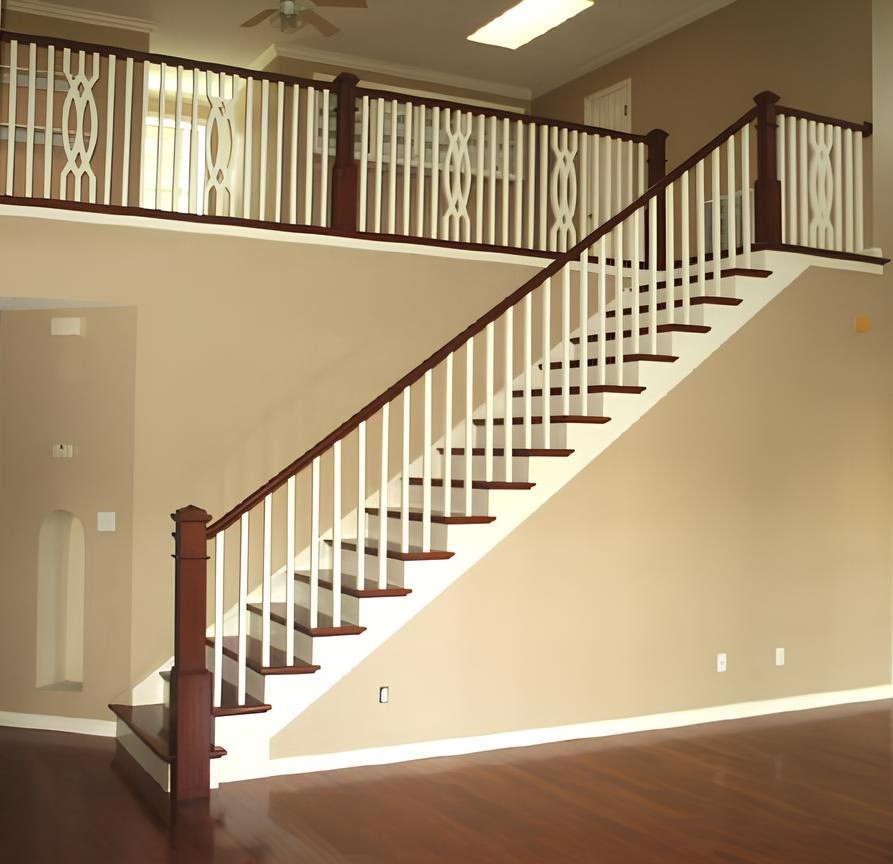
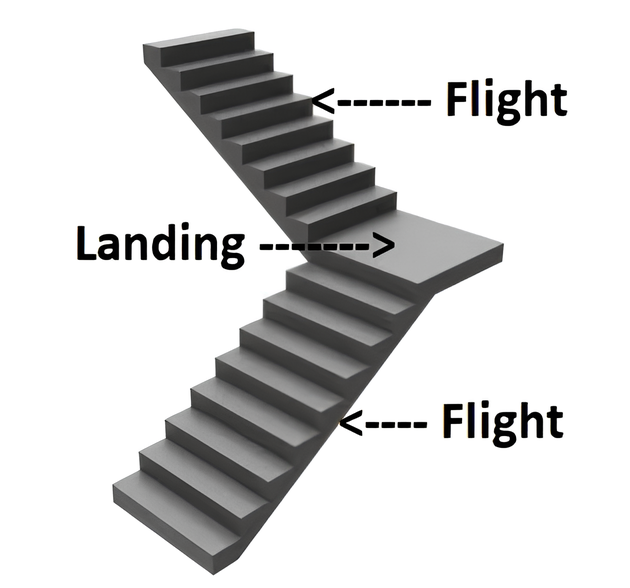
2. L-Shaped stairs:
L-Shaped stair consists of 2 stair flight which bends by 90° at the landing forming a L shape. It is used when staircase is needed to fit in the corner of the building. It is more visually appealing than straight stairs.
Landing: A Stair landing is a level platform found at the top, bottom or in the middle of the stairs. An Intermediate landing acts as connecting platform between two stair flights.
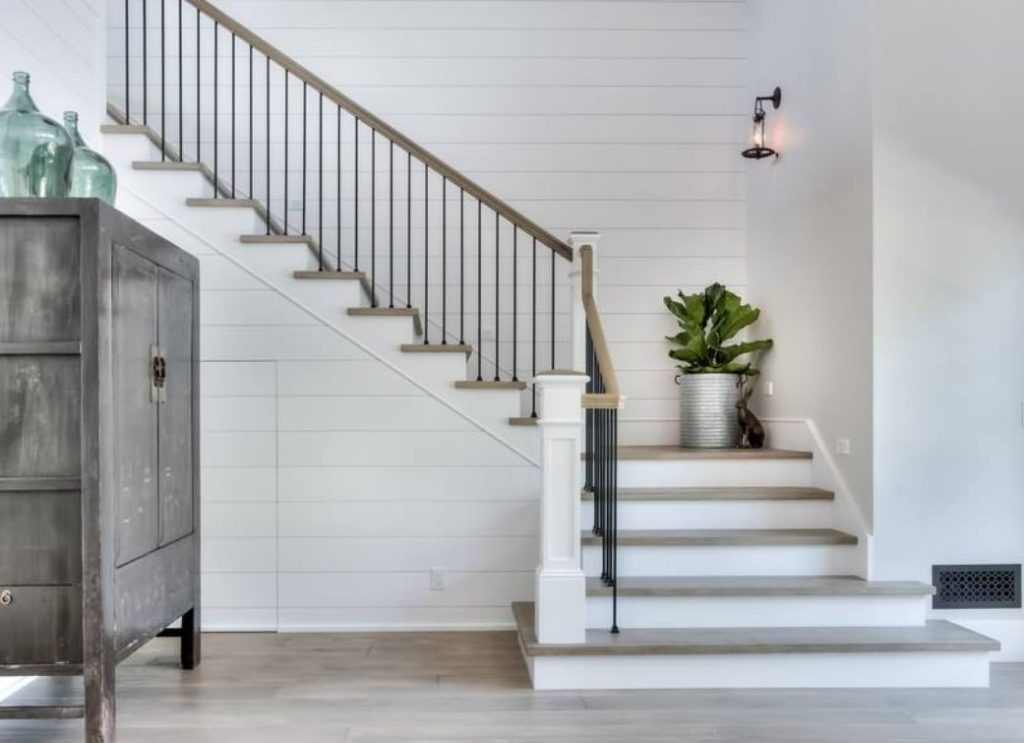
3. U-Shaped stairs:
U-Shaped stair consists of 2 stair flights which bends by 180° at the landing forming a U shape. It is commonly used in multistory buildings.
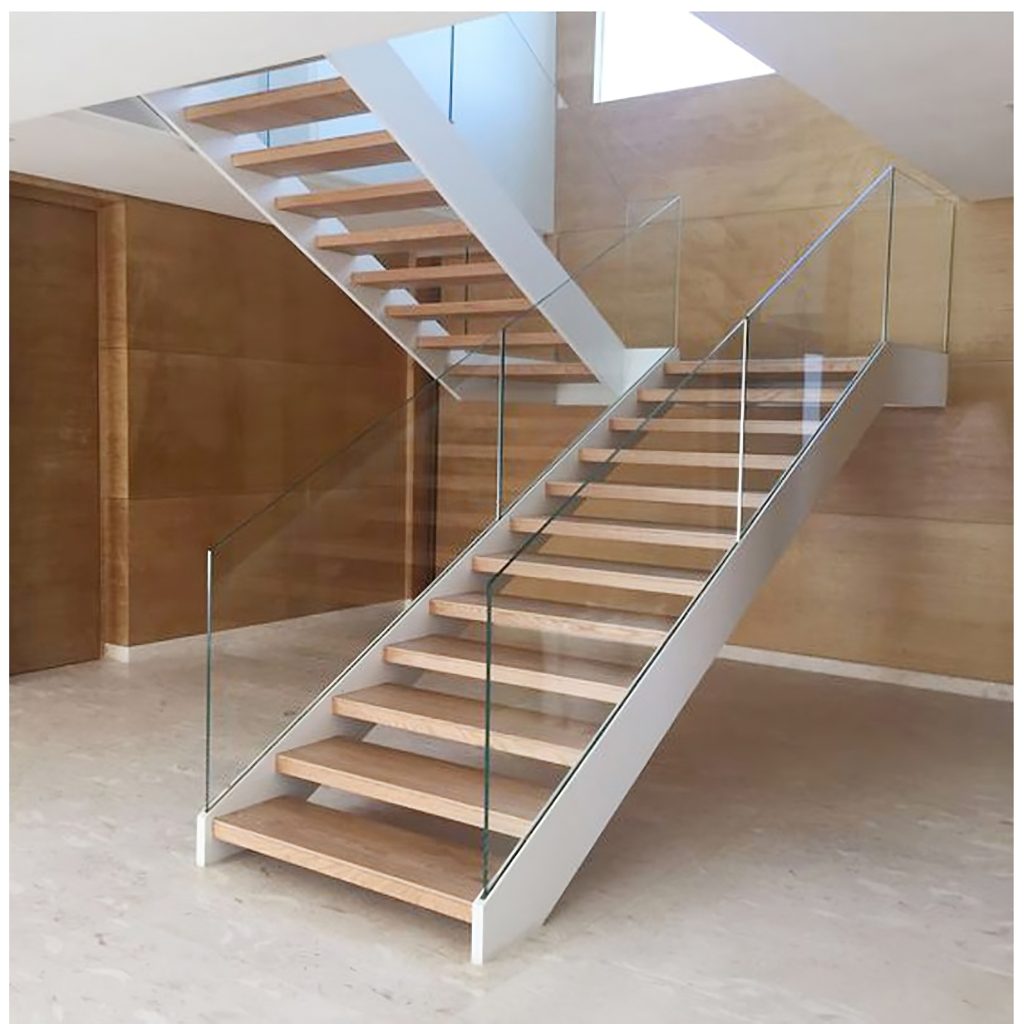
4. Winder Stairs:
Winder Stair is similar to L-shaped stair and U-shaped stair, but here the landing is replaced by triangular or trapezoidal steps. It is commonly used in older homes or used as a secondary stair.
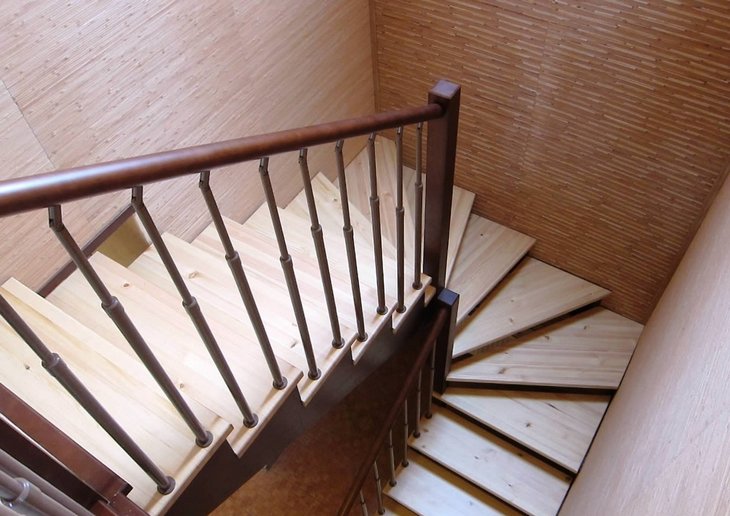
5. Spiral Stairs:
Spiral Stairs have a circular or helical shape with stair flight winding around a central pole or column. It is commonly used in space-constrained areas and as outdoor stairs. Spiral stairs can be challenging to use for people with mobility issues.
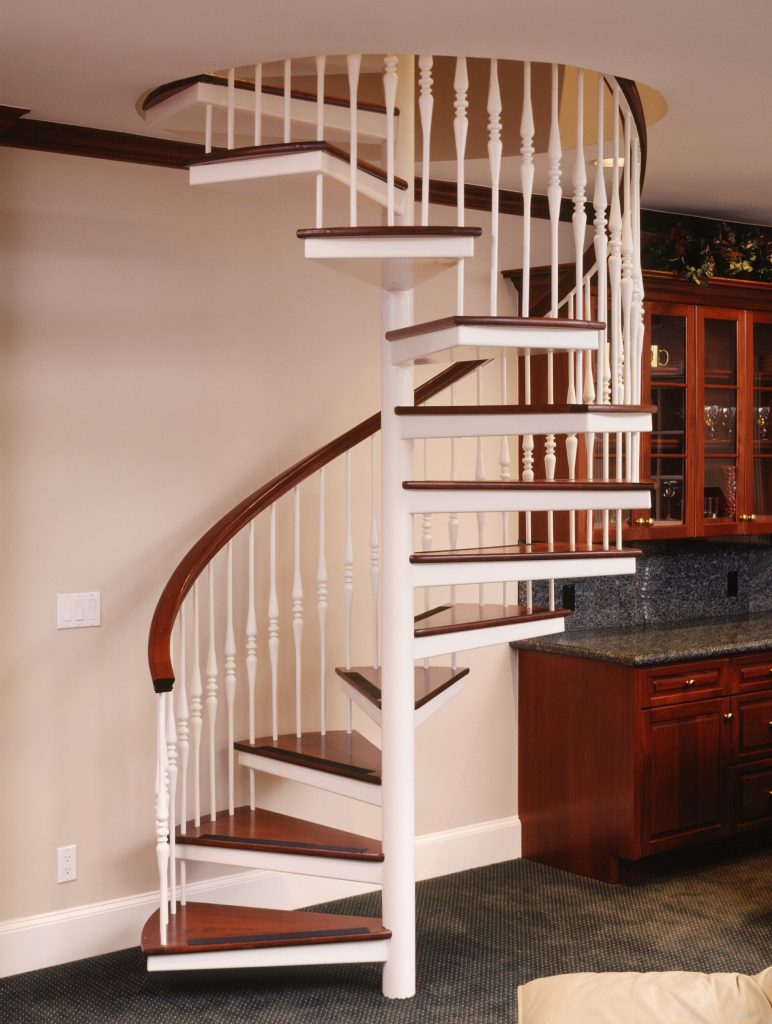
6.Curved Stairs:
Curved Stair’s stair flight follows a curved or circular path. Curved stairs are mostly used for its aesthetic appeal rather than functionality. Curved stairs can be challenging to use for people with mobility issues.
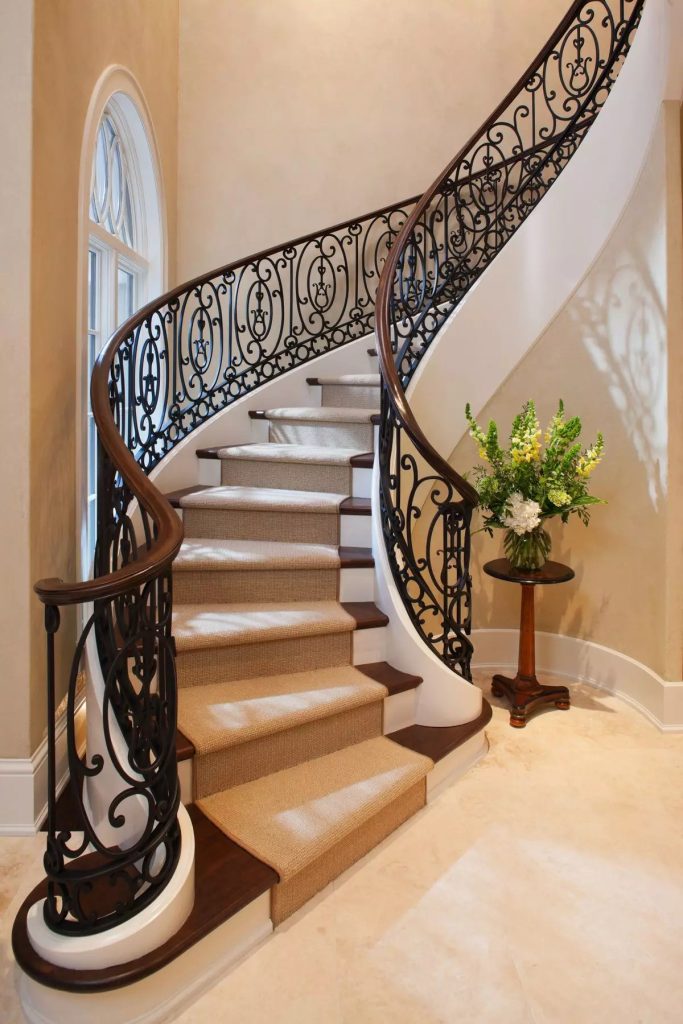
7.Floating Stairs:
Floating Stairs are also known as cantilever stairs. These stairs are anchored to the wall on one side while leaving out the other side support less, thus creating an illusion of floating. Floating stairs are used where minimalistic design is desired by the architect.
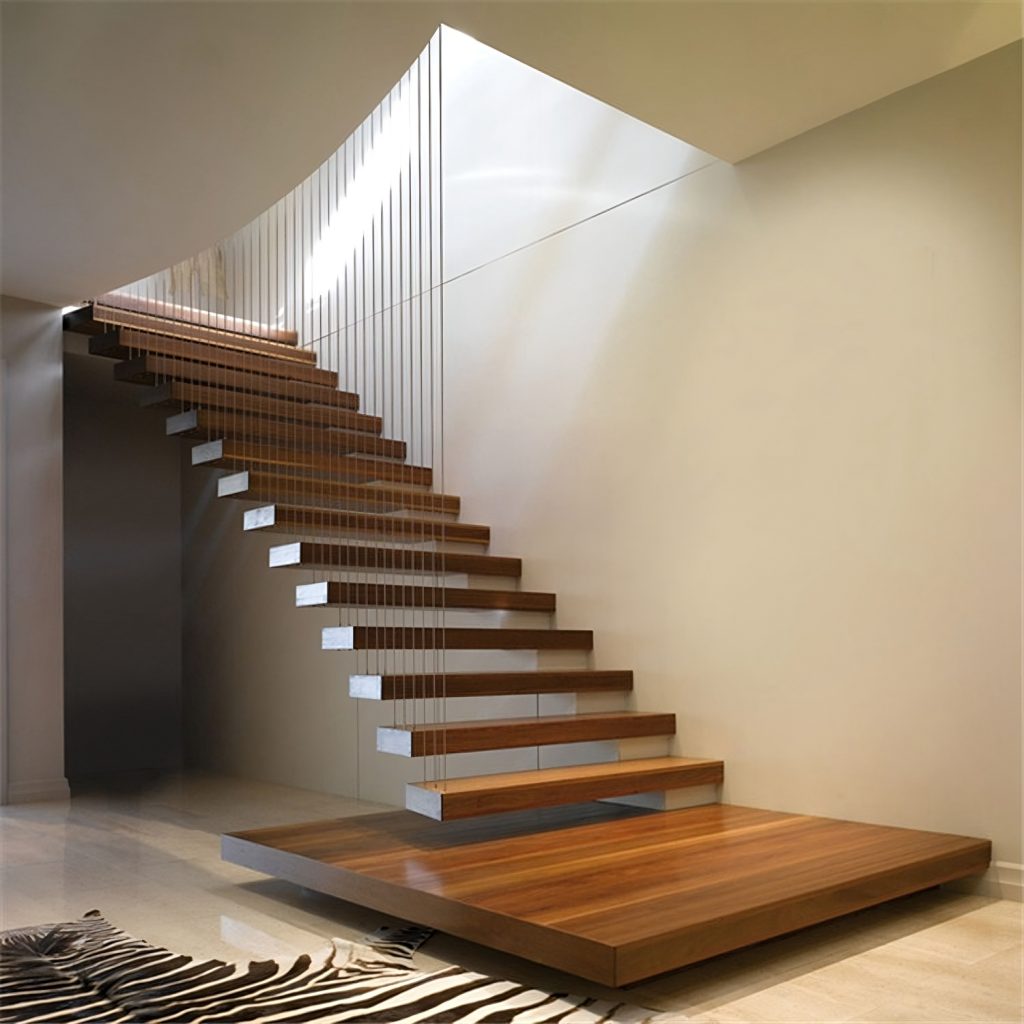
Sources:
Staircase Building Regulations: Our Comprehensive Guide (adara.co.uk)
STAIRCASE TERMINOLOGY | An Architect Explains | ARCHITECTURE IDEAS

Leave a Reply